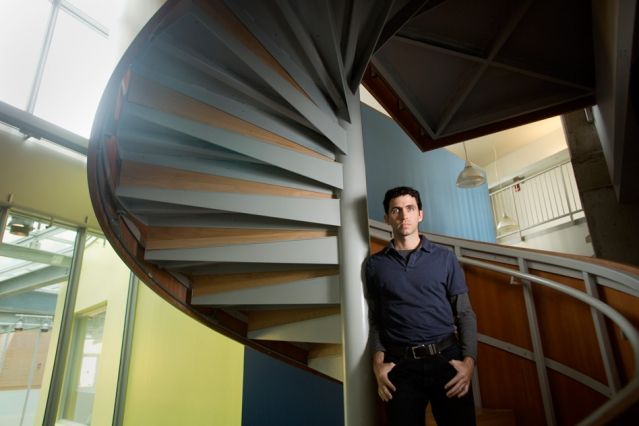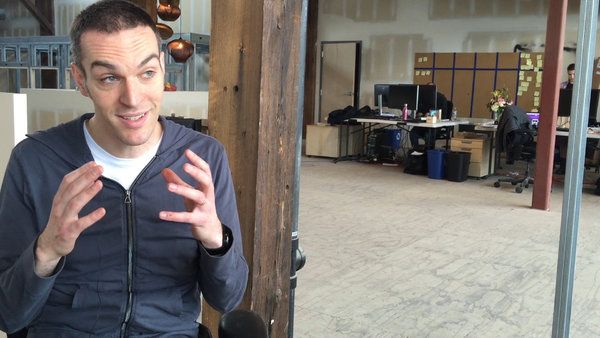Feb 27, 2015
Blockchains as a Granular Universal Transaction System
Posted by Rob Chamberlain in categories: architecture, automation, big data, bitcoin, business, computing, cryptocurrencies, disruptive technology, economics, ethics
Quoted: “Blockchains are thus an intriguing model for coordinating the full transactional load of any large-scale system, whether the whole of different forms of human activity (social systems) or any other system too like a brain. In a brain there are quadrillions of transactions that could perhaps be handled in the universal transactional system architecture of a blockchain, like with Blockchain Thinking models.”
Read the IEET brief here > http://ieet.org/index.php/IEET/more/swan20150217















